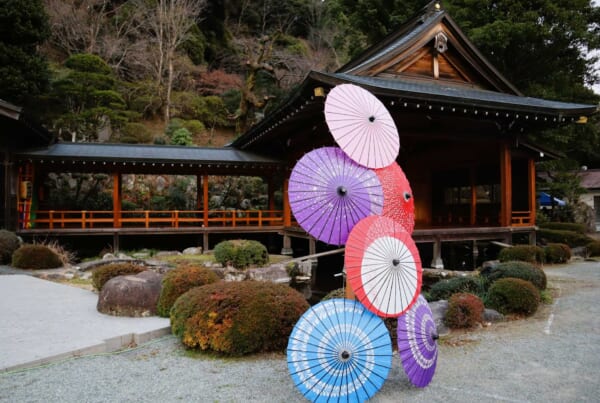Saying Japan is a polite country is an understatement. I dare say the nation is the world’s most etiquette-conscious! Greetings go far beyond just hi-byes with some as-seen-on-TV bows to be considered socially accepted manner-wise within Japanese society. All in all, it is essential to know how to say hello and goodbye in Japanese.
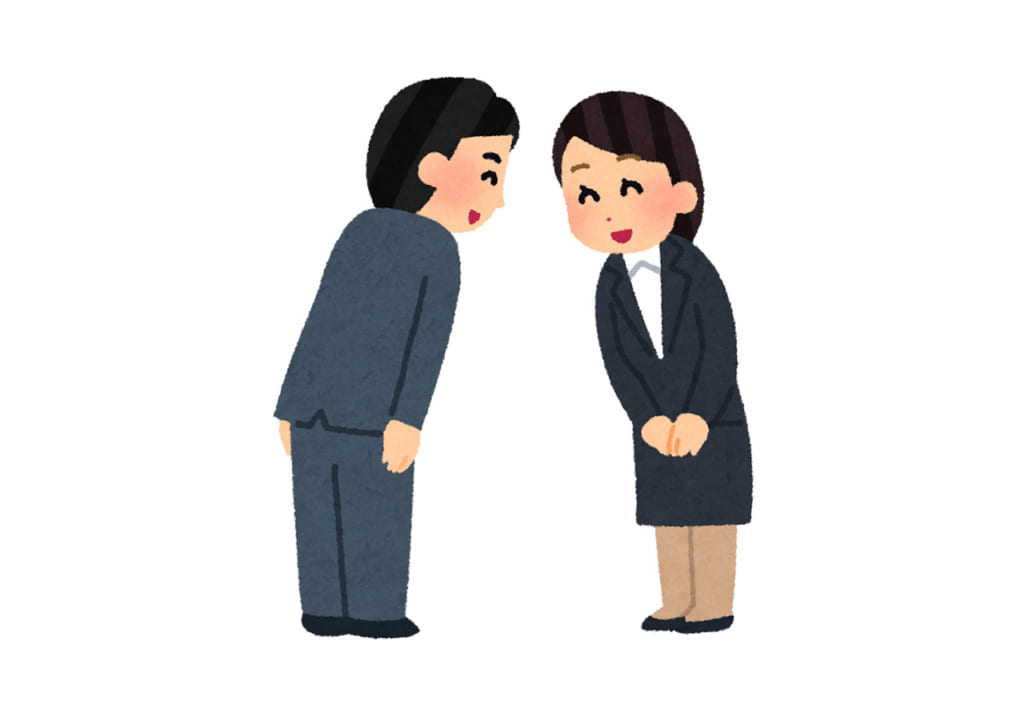
Japanese etiquette through degrees of respectfulness is expressed through your choice of honorific speech called keigo (敬語), as many – especially Japanese language learners – may know already. It’s something incredibly complicated, even for those who are native speakers. Foreigners can be excused, but you will definitely be given props for trying! In the same vein, etiquette through bodily gestures such as the seemingly straightforward bows actually means different levels of respect at varied angles.
Basic greetings that can adequately show politeness and respect without looking too pretentious can help to make your Japanese stay a more pleasant one. Books and websites written about keigo are found in abundance, so I won’t go into details regarding that or anything too excessive or confusing.
How to Use Greetings in Japanese
Like many languages, greetings will depend on the hour and the politeness level.
Konnichiwa (こんにちは)
This word means “good day” or “good afternoon,” depending on the moment of the day you are using it. It is also the most used phrase to greet one another. Use it like it’s free (it is!) with anyone you are in contact with, and you can use it from the morning till the afternoon.
Konnichiwa comes from a longer phrase: 今日はご機嫌いかがですか (konnichi wa gokigen igaka desu ka), which means “how are you feeling today?” That is why こんにちは (Konnichiwa) ends with は (ha) instead of わ (wa) since it consists of the connecting particle that comes from the longest sentence mentioned above.

Ohayou (おはよう)
“Ohayou” is used to say hello in the morning. Ohayou is the informal way to address your friends or family, while ohayou gozaimasu (おはようございます) is the formal version. Despite being rarely used, its kanji is 御早う: the first kanji is the honorific prefix, the second kanji means early.

Konbanwa (こんばんは)
When evening comes, you can stop saying konnichiwa and switch to the konbanwa (こんばんは). It has a similar structure to good morning and is also written with a final は instead of a わ. This word literally means “tonight” and the kanji 今晩は is also rarely used.

Genki desu ka (元気ですか)
Together with the previous greetings, you can use genki desu ka (元気ですか) to ask “how are you?”. If someone asks this question to you, you can answer genki desu (I’m fine), followed by the same question. In a more informal tone, you can say genki?, and if you want to use the formal Japanese, add one “o” at the beginning of the sentence: ogenki desu ka (お元気ですか). You can use this phrase throughout the day.
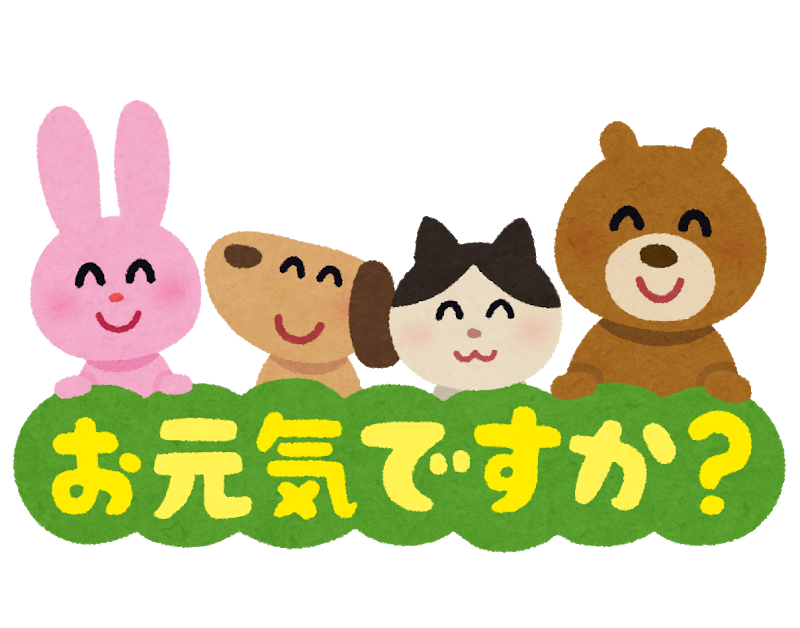
How to Say Goodbye in Japanese
There are different ways to bid someone goodbye, depending on their superiority, closeness to you, and whether you will meet again.
Sayonara (さようなら)
Sayonara (さようなら, Sayōnara) may be one of the most known Japanese sentences after Konnichiwa. But, truly speaking, I would say it is less commonly used than some other goodbyes since most farewells we bid are not necessarily that formal.
Also, saying sayonara in Japanese means a goodbye for the long-term, such as when someone goes on a trip, leaves the country, or knows that won’t see the person again for a while. If you use this word, it may be interpretated that you don’t expect to see them again in a long time. To avoid confusion, use the version of bai-bai (バ イ バ イ). Yes, it is exactly the English “bye-bye”.

Oyasuminasai (おやすみなさい)
This sentence is used before going to sleep to express a “good night.” More colloquially, we can say oyasumi (おやすみ). Unlike English, where we can say “good night” on many occasions, it is important to know that oyasumi is only said when heading to bed. Yasumi (休み) in Japanese means to rest, so the most literal translation would be “rest.”

Shitsurei shimasu (失礼します)
Loosely translated as “please pardon (my leaving),” Shitsurei shimasu is the formal goodbye used for superiors or the respected, such as teachers and doctors. You will also hear people say that to customers or over the phone before hanging up.
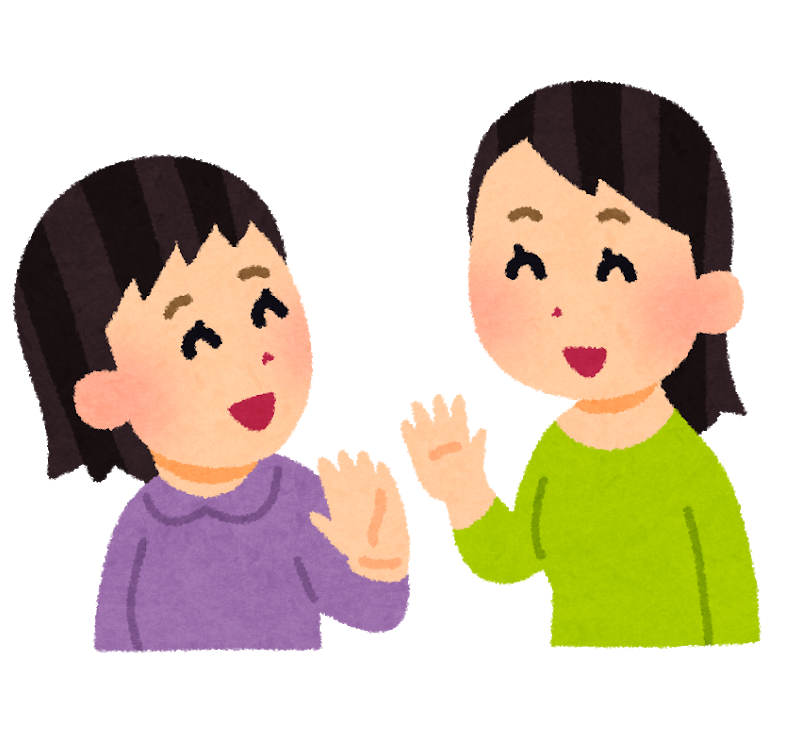
Otsukare sama / Otsukare (お疲れ様/お疲れ)
Otsukare sama or Otsukare (お疲れ様/お疲れ) does not necessarily mean goodbye but can be used when excusing oneself from a workplace or to someone who has just finished doing you a favor. Otsukaresama is often heard in Japan, and I believe it is a good way to show gratitude, even on casual occasions, and is considered the “magical phrase for everything!”
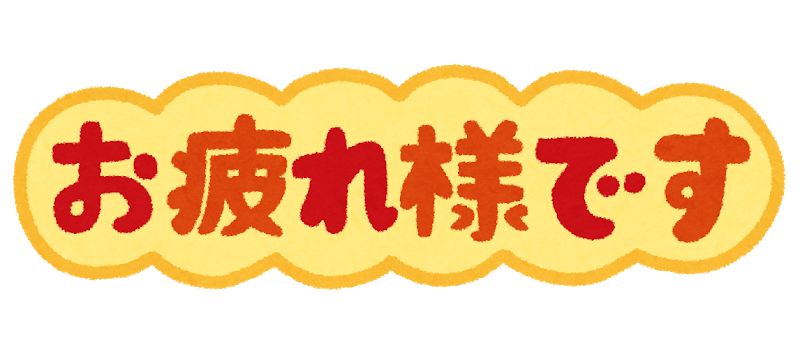
Other Ways to Say Goodbye in Japanese
Mata ne (またね)
“See you again” or “(until) next time”, like “à bientôt” in French. You can add different endings to specify the time you expect to meet the person again, for example, mata ashita ne for tomorrow, or mata raishuu for next week. The “ne” at the end helps with expression only, bearing no specific meaning.
Jya / Jya ne (じゃあ/じゃあね)
Literally “so”, which equates to a very casual “bye.” It’s usually used among close friends and family. You may also hear jya mata ne, meaning “so, bye!”
Genki de / Genki de ne (元気で/元気でね)
“Be well” or “take care.” It’s the same genki from the question ogenki desu ka?
The Classical Japanese Bow
As mentioned above, how you bow depends on the etiquette demanded by the context. In general, the longer and deeper your waist bends translates into a more respectful bow. Unless you’re bowing to your boss or another respected individual, a slight bend with a lowered head held for a couple of seconds would be more than sufficient.
It is not unusual to bow and greet at the same time with strangers. In other words, lightly bowing or lowering your head to whomever you meet will do good along the way, so do not be shy!
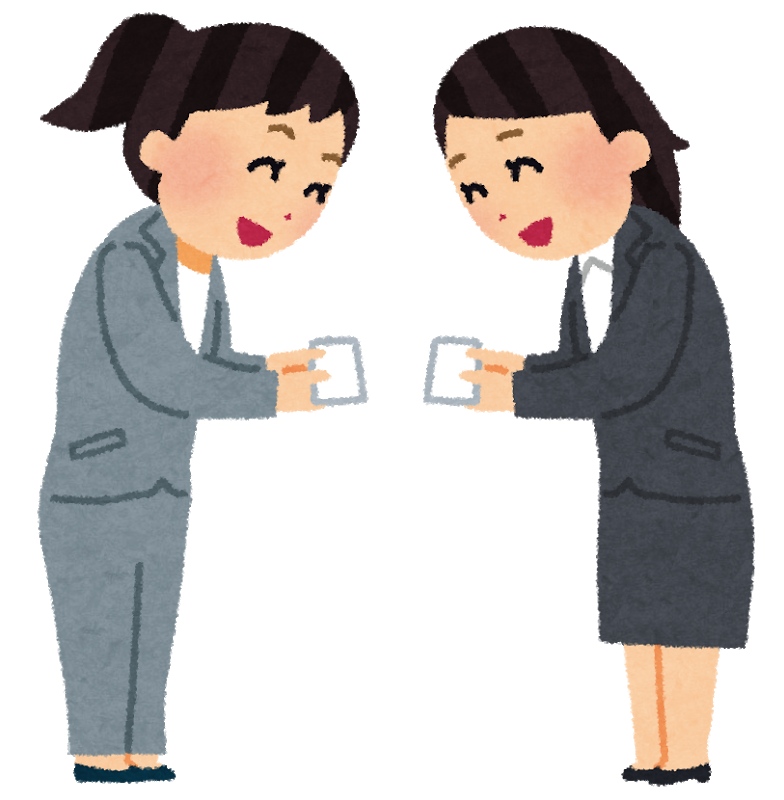
This has been a very brief introduction to the politeness to show when you are in Japan. Here are some other ways to navigate the Japanese culture of etiquette and communication with our “How to Say I Love You in Japanese” and “How to Say Yes and No in Japanese” articles. That said, though foreigners are not expected to strictly follow every etiquette required among the Japanese, everyone, despite his/her nationality should show gratitude anywhere, anytime. As long as you express yourself honestly, etiquette is just a custom, is it not?
Original article published on April 10, 2016. Edited by Maria Penascal.














